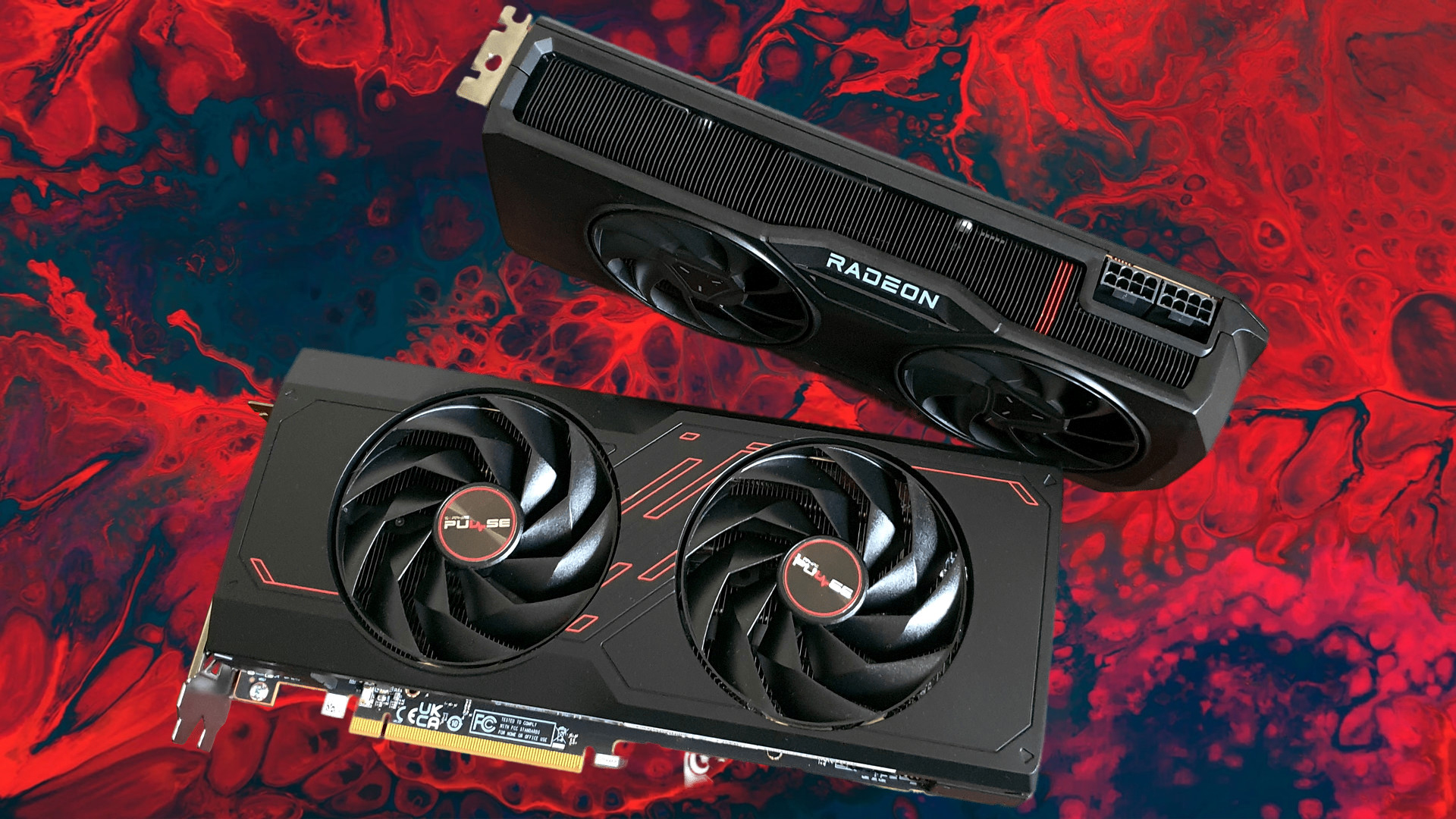AMD sees its brand new Fluid Motion Frames technology diverted from its initial objective to make videos more fluid, like an old technology… from AMD!
When introducing the first RDNA architecture of the name, AMD opted to purely and simply remove a particular functionality from the Adrenalin software, Fluid Motion Video.
This functionality, eliminated in a very discreet manner, would however sign a strange return today, thanks to Fluid Motion Frames, a technology very recently introduced by AMD.
Fluid Motion Video and frame generation
Announced practically an eternity ago (think, 2014!) for Catalyst Omega drivers, Fluid Motion Video technology had the task of generating intermediate images in order to smooth out videos.
“ Generate intermediate images » ? If you think this sounds like the goal that AMD and NVIDIA have set for themselves with their respective frame generation technology…. well, you’re not wrong! As you can imagine, the operation is however quite different, and Fluid Motion Video mainly aimed at videos in less than 25 frames per second.
The fate of Fluid Motion Video, however, was disastrous. Officially implemented for the PowerDVD software, it also benefited from support from the Japanese Bluesky, but AMD did not continue its efforts and therefore completely abandoned it with the RDNA architecture.
AMD Fluid Motion Frames used on videos
In a way that is as amusing as it is original, it seems that AMD Fluid Motion Frames can be reoriented to function as a sort of revival of Fluid Motion Video.
To achieve this, user uncycler825 explained on Reddit that he used AMD’s latest beta drivers in conjunction with the MPC-HC video player and the DXVK overlay. By doing this, videos are streamed through the Vulkan display library, which allows the AMD Fluid Motion Frames to get going. Of course, if all this is true.
To show the result that can be expected, the video above was published (it is six years old) while the one below would be proof of the success of the company. That said, it should be noted that only the second version of the beta drivers deployed by AMD, the one also supporting the Radeon RX 6000, allows this manipulation. It is therefore difficult to know if it has any future.
Source : VideoCardz

3